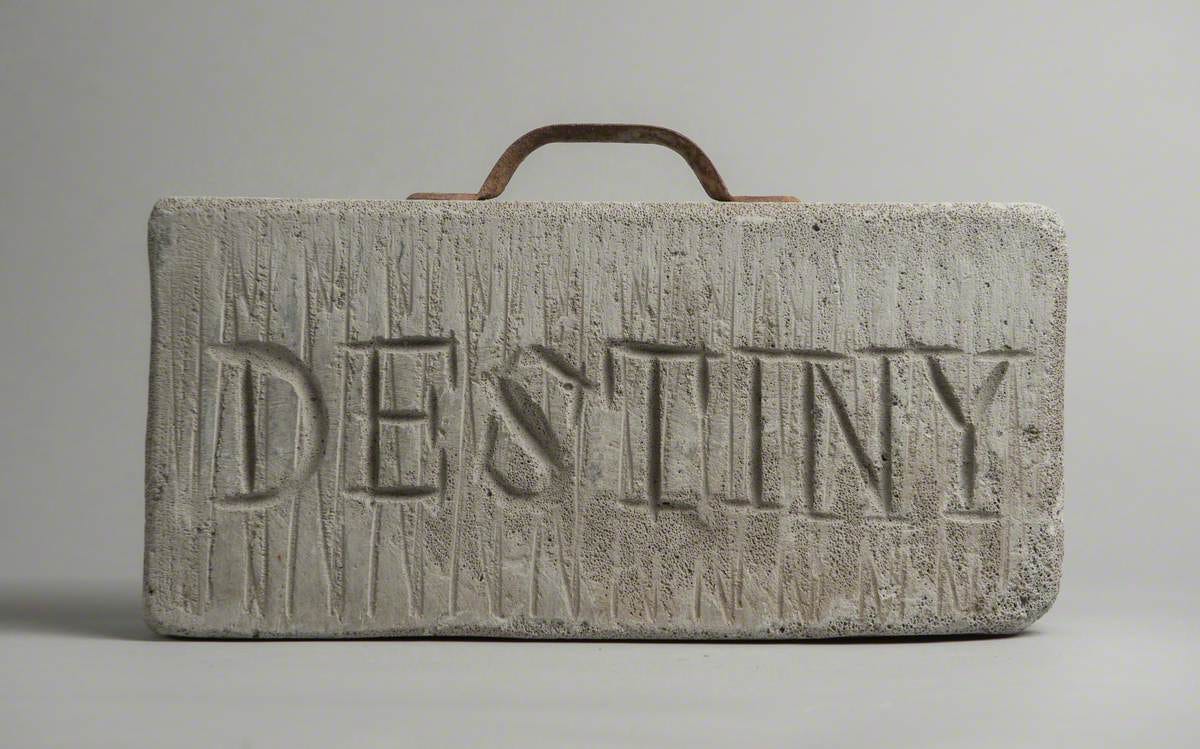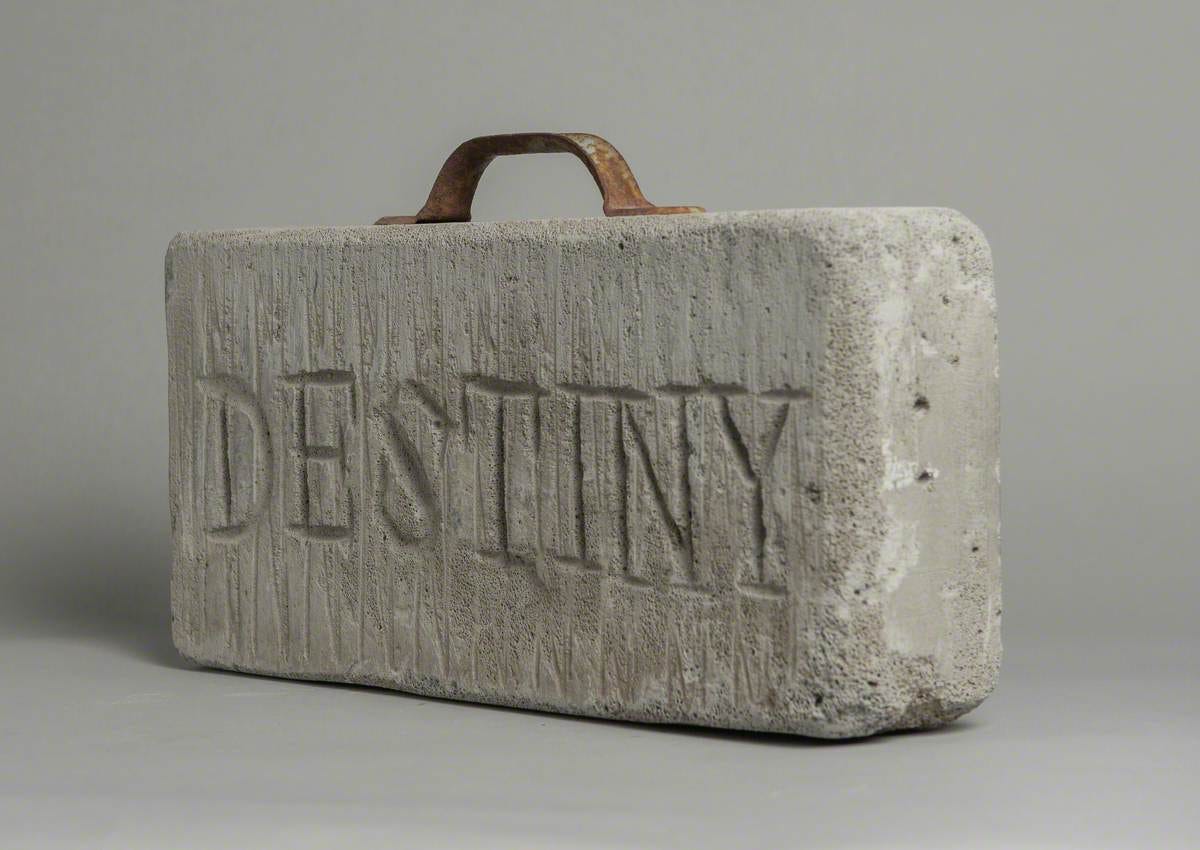The Many Faces of the Stone of Destiny
How an ancient symbol inspired Scotland's artists, writers and musicians

The Stone of Destiny, which made an appearance at Saturday’s Coronation of Charles III, was for many centuries the ancient crowning stone of Scottish kings. But away from its role in solemn royal ceremonies, the Stone has also led a separate double-life, being reinterpreted and reimagined as a symbol of mischief, humour and defiance by Scottish artists, writers and musicians.
The Stone was taken from Scotland by Edward I of England during the Wars of Independence, and installed in Westminster Abbey where it sat beneath the English Coronation Chair for 700 years. It remained there until Christmas Day 1950, when four students from the University of Glasgow drove down to London to retrieve it, adding a whole new dimension to its symbolism.
In response to the news, Donald McIntyre, the Gaelic poet and lifetime supporter of the nationalist cause, wrote ‘Òran na Cloiche’ (Song of the Stone). The substantial 25-verse song was apparently penned in a single sitting immediately upon hearing of the Stone’s disappearance, such was the cultural power of the event. A translation reads:
The Stone that my grandmother
And grandfather used to talk about
Has returned as it left
My brave StoneAnd I don’t care whether it’s in Kerrera
Callendar or Calvay
As long as it’s in
Steep, rugged Scotland
Culturally, the student heist of 1950 shifted the Stone of Destiny from an object of ancient history to an object with meaning for the contemporary state of the nation. The Stone was given a new edge of rebelliousness and daring, as well as humour, reflected in folk-songs such as ‘The Wee Magic Stane’, one of the many songs about the Stone published in the nationalist Rebel Ceilidh Songbook:
So if ever you come on a Stane wi' a ring,
Jist sit yersel doon and proclaim yersel King,
Fur there's nane wud be able to challege yir claim,
That you'd croont yersel King on the Destiny Stane.
The humorous side of the Stone is also captured by the sculptor George Wyllie. His ‘Destiny’-engraved stone (pictured below) looks almost like a briefcase, and is fitted with a convenient handle for easy transportation. Every important event in the Stone’s history, after all, was a moment in which it was picked up and carried away. The handle is almost a playful invitation to further movement and adventure.

All of this points to a rather strange dilemma of interpretation; that the Stone as presented in official royal pageantry doesn’t entirely match up to the Stone as seen by Scottish culture. There are almost two opposite symbols in one physical object, representing very different visions of Scotland and its past, present and future.
So what’s next for the Stone? The artefact is due to become the centrepiece of a new museum in Perth, scheduled to open in 2024. This will be an important opportunity to explore the Stone’s cultural complexity, and perhaps give voice to aspects of the Stone’s symbolism which don’t otherwise get an airing in formal ceremonies of state.


Could we be talking about (at the very least) two very different stones here? We are told the stone taken by Ed 1 was a piece of Perthshire limestone and is known as the Stone of Scone. It could be the one used at Charles 111 coronation ( or maybe not if copied and swapped at some time (in 1950 perhaps). The legendary Stone of Destiny I believe is black basalt or similar, and bearing much carving. Legend has it that it was Jacob's pillow in the Biblical story. If the S of D was of any interest to the Scots, wouldn't it be incredible for them to leave it lying in a churchyard for Edward's men to simply uplift?
I love this story! Love your posts too! They’re always very interesting.